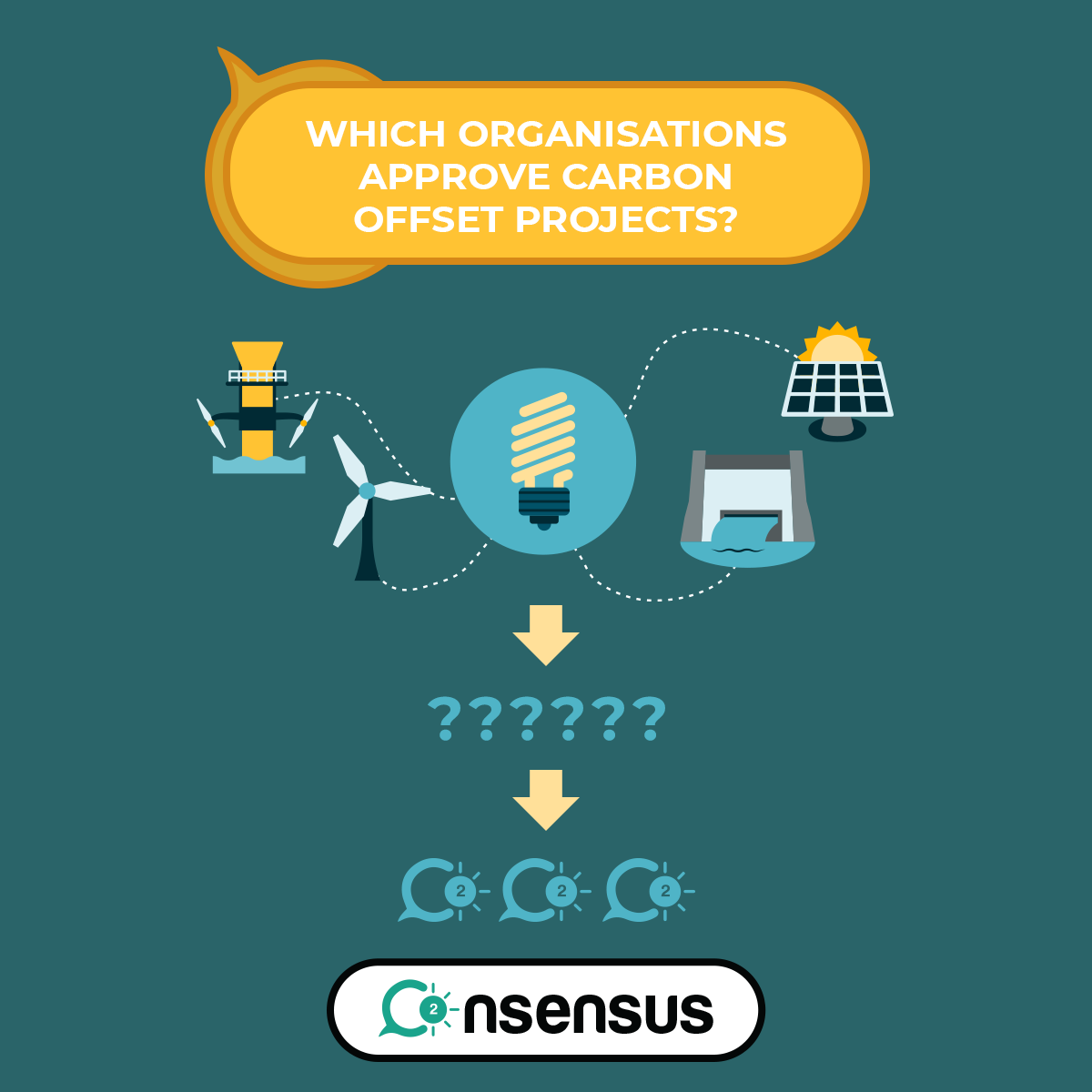Carbon offsets are shaping up to be a very desirable investment opportunity for companies and individuals that want to reduce their carbon emissions effectively.
However, there’s a lack of transparency on how the value of a carbon offset is calculated – and this purpose is fulfilled by a number of agencies.
Today, we’ll be comparing some of these and providing relevant information to make you aware of their functioning and legitimacy. They have a large influence over how your particular investment might have different implications for your carbon emission mitigation strategy, hence it is advised to go through them carefully.
Functions of a Carbon Offset Standard
Before moving towards a discussion on the different standards, it’s crucial to understand the functioning of a carbon offset standard. There are three major functions which are performed by carbon offset standards:
1. Accounting Standards
Their role is to ensure that the offsets exist, and have long term existence as well. In a sense, their realness and permanence should be guaranteed. They include definitions and rules for the various components which are essential during the design and early implementation phase of the project.
2. Monitoring, Verification and Certification Standards
These standards have more to do with the projects performing as per their predictions when they started. Certification rules are put in place to quantify the carbon savings that end up entering into the market once the project has become operational.
3. Registration and Enforcement Systems
This particular system ensures that carbon offsets are sold just once and the ownership is made clear. Further, trading of offsets should be available at all times. This information must be made available to the public inside a registry to uniquely identify offset projects. Also, another system must be present to help tracking ownership of different offsets.
Now that we’re done discussing various functions of a carbon offset standards, we move towards discussing the standards themselves.
Clean Development Mechanism
The CDM is part of the Kyoto protocol. It intends to create economic frugality with respect to carbon credits, while also promising to deliver development based co-benefits for nations whose economy still needs significant improvement. The CER (Certified Emission Reduction) is the carbon offset (1 metric ton of CO2) in which this particular standard is traded.
So far, it has been largely successful in generating large numbers of carbon offsets. Hence, from a carbon-only perspective, they are performing well. They usually work on reforestation, bio-sequestration, renewable energy and energy efficiency based projects. They are the de-facto standard in the carbon offset market today.
Approves: UNFCCC parties
Gold Standard
The Gold Standard is slowly picking up pace as one of the standards to watch out for. They have worked on creating an ecosystem which promises much more benefits than CDM projects to both the buyer and the seller of the carbon credits. It requires third party verification and works generally on Renewable Energy and Energy Efficiency based projects.
Approves: Environmental NGOs
Voluntary Carbon Standard (VCS)
This standard does not belong to the cap-and-trade market. It belongs to the freer and more innovative voluntary market, and currently works on all kinds of projects besides the latest Hydro-Fluorocarbon (HFC) reduction projects. The VCS also has performance based additionality testing. The average cost is around 5-15 euros per one metric ton of CO2.
Approves: Carbon Market Actors (e.g. IETA)
VER+
The VER+ is slowly turning out to be a strong player as well, although it is smaller in its scope. It targets those projects which fall outside the ambit of the CDM, but whose project managers are familiarised with the processes of the CDM. It covers all the projects under CDM except for large hydrocarbon reduction projects.
Approves: Carbon Market Actors (e.g. TUV SUD)
Voluntary Offset standard
The VOS follows CDM requirements stringently and aims to reduce risks for offset buyers in the voluntary carbon offsets markets all over. The projects under its ambit include all the CDM covered projects, but like the VER+, exclude large hydrocarbon reduction projects.
Approves: Financial Industries and Carbon Market Actors
Chicago Climate Exchange (CCX)
As a first step towards long term regulation of the carbon offset market, the CCX was set up to function the exact same way the share market does, but instead of trading shares, it is carbon offsets which are up for sale and purchase. The offset standard is part of the US’ overall cap-and-trade programme. It has a large presence in the US.
Approves: Members of the CCX as well as Carbon Market Actors
This wraps up our discussion on the which organizations are responsible for approving carbon offset projects, and what their functions are. Different types of organizations cater to a different category of market actors, and different standards hence have a number of different rules.
The best ones to invest in are listed above. Invest wisely!
